In a culinary landscape bustling with choices, the modern consumer stands at a crossroads: to embrace the convenience of ready-to-eat meals or to indulge in the creativity of prep-yourself kits. As our lives become ever more frenetic, the allure of quick and effortless dining options can be hard to resist. However, behind the simplicity of a store-bought dinner lies a multitude of considerations—nutritional value, ingredient quality, and culinary satisfaction. In this article, we delve into the fresh vs. frozen debate, examining the benefits and drawbacks of each option to help you determine what best aligns with your taste, lifestyle, and overall well-being. Join us as we explore the vibrant world of meal choices, where time-honored traditions meet modern convenience, and discover whether the path to your plate leads to a pre-packaged feast or an enjoyable culinary adventure of your own making.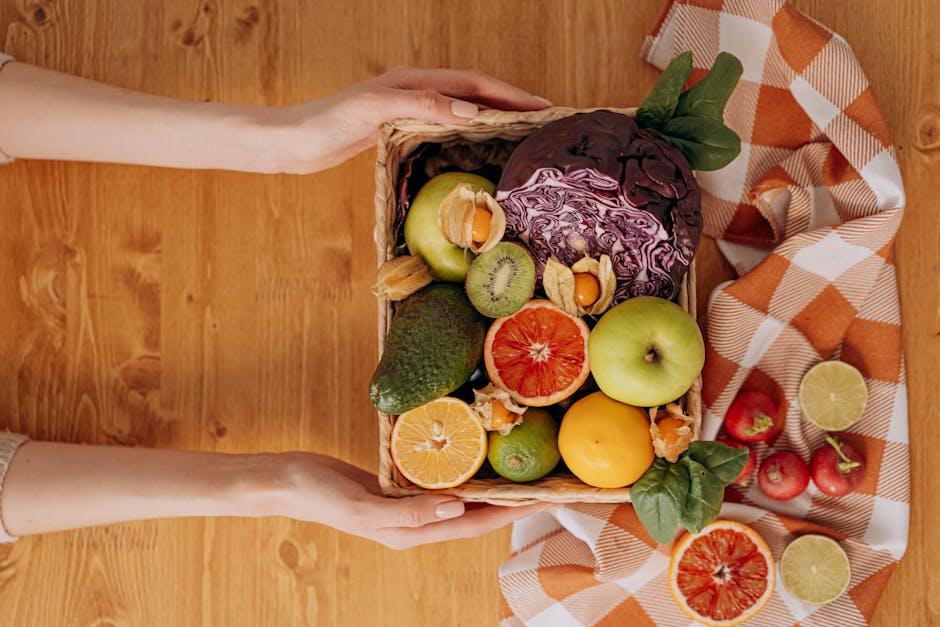
Exploring Nutritional Value in Fresh Versus Frozen Options
When it comes to nutritional value, the debate between fresh and frozen options often leads to surprising revelations. Fresh fruits and vegetables are often touted for their crunchy texture and vivid flavors, but did you know that frozen produce can be just as nutritious, if not more so? When harvested, many fruits and vegetables are immediately flash-frozen, preserving vital nutrients at their peak point. This quick processing helps maintain vitamins such as vitamin C, potassium, and fiber that can dwindle over time in fresh produce. On the flip side, fresh items can lose nutrients through transportation, storage, and over the days they linger in your fridge.
To better understand nutritional differences, consider the following chart outlining key nutrients found in both fresh and frozen options:
| Produce Type | Vitamin C (per 100g) | Fiber (per 100g) |
|---|---|---|
| Fresh Spinach | 28 mg | 2.2 g |
| Frozen Spinach | 23 mg | 2.1 g |
| Fresh Blueberries | 9.7 mg | 2.4 g |
| Frozen Blueberries | 10.0 mg | 2.4 g |
In addition to these nutritional aspects, convenience plays a significant role. Frozen items are often pre-chopped and ready to cook, which can encourage healthier eating habits by reducing prep time. Conversely, fresh produce may inspire creativity in the kitchen, providing opportunities for various recipes and meal preparations. Ultimately, whether you lean towards fresh or frozen, both can play a valuable role in a balanced diet, offering unique benefits to fit your lifestyle!
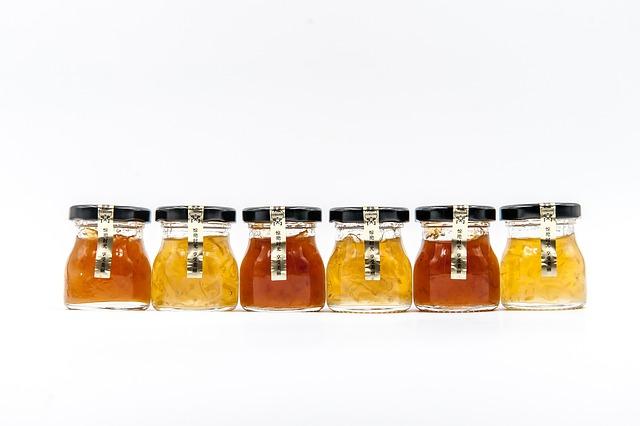
Convenience vs Culinary Adventure in Ready-to-Eat and Prep-Yourself Kits
Choosing between the ready-to-eat and prep-yourself kits often boils down to how you define your culinary experience. Ready-to-eat meals offer unbeatable convenience—they’re perfect for those bustling weeknights when time is at a premium. You can simply heat and serve, indulging in global flavors without the fuss. These meals cater to a variety of dietary needs, with options that are often deliciously diverse, yet they sometimes lack the depth of engagement with your food. You might find myriad choices suitable for a quick lunch at work or a cozy dinner at home, but the opportunity for creativity in the kitchen is limited.
On the flip side, prep-yourself kits introduce an element of culinary adventure that transforms mealtime into an engaging activity. These kits typically come with fresh ingredients and detailed instructions, giving novice cooks and seasoned chefs alike a chance to explore new recipes and cooking techniques. While they demand more time and effort, prepping your own meal can be gratifying. The satisfaction of slicing vegetables, marinating proteins, and following a recipe step-by-step can be a rewarding experience. Plus, you have the ability to modify meals to suit your personal taste, making each dish uniquely yours. Below is a quick comparison that highlights key differences between the two options:
| Aspect | Ready-to-Eat Kits | Prep-Yourself Kits |
|---|---|---|
| Cooking Time | Minimal (5-10 mins) | Moderate (20-40 mins) |
| Customer Engagement | Low | High |
| Customization | Limited | Extensive |
| Kitchen Skill Level | None Required | Basic to Intermediate |
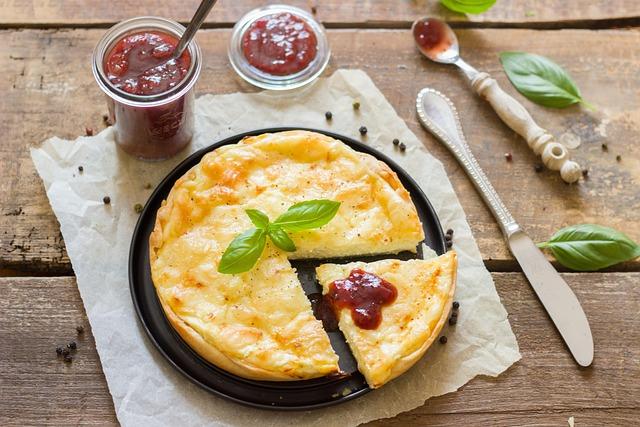
Cost Analysis: Finding the Best Value in Meal Choices
When weighing the choices between fresh and frozen meals, it’s essential to conduct a thorough cost analysis. At first glance, ready-to-eat options might appear more expensive due to their convenience, but a deeper dive reveals a more complex financial picture. Consider factors like portion sizes, potential waste with fresh ingredients, and your cooking habits. By assessing price per serving alongside the time saved in meal preparation, you can better estimate the actual value of these meal choices. Moreover, evaluating subscription costs versus individual meal prices can influence your overall budget and meal planning strategy.
Shopping smart is just as crucial as cooking skills when it comes to meal costs. Below is a simplified comparison of pricing structures based on average costs associated with various meal options:
| Meal Type | Average Cost per Serving | Convenience Level |
|---|---|---|
| Ready-to-Eat Frozen Meals | $5.00 | High |
| Fresh Meal Kits | $7.50 | Medium |
| Prep-Yourself Ingredients | $4.00 | Low |
By analyzing like this, you not only understand the monetary value but also the trade-offs between time and effort. Ultimately, it’s about aligning your financial resources with your lifestyle and dietary preferences.

Sustainability Considerations: Evaluating Environmental Impact in Food Selection
When evaluating the sustainability of food choices, it’s crucial to consider the entire lifecycle of the product, from production to disposal. Fresh produce often boasts a lower carbon footprint due to its shorter transportation routes, particularly if sourced locally. However, it can also contribute to higher levels of food waste, especially when consumers are unable to use the ingredients before they spoil. Conversely, frozen meals and ingredients are typically processed shortly after harvest, which helps in retaining nutrients and extending shelf life, but the energy consumption during freezing and packaging can negate some of these benefits. To better understand these dynamics, here are some key factors to assess:
- Transportation Emissions: Distance from farm to table influences the overall carbon footprint.
- Food Waste: Spoilage rates for fresh vs. frozen options.
- Packaging Impact: Whether the product uses recyclable or non-recyclable materials.
Additionally, the choice between ready-to-eat and prep-yourself kits also hinges on the types of ingredients and their sourcing. Ready-to-eat meals often rely on heavily processed ingredients, which can lead to increased environmental burden due to energy-intensive manufacturing practices. Prep-yourself kits, while they may contain fresh items, can vary widely in their sustainability depending on whether the ingredients are organic, locally sourced, or resource-intensive crops. Considering these aspects, a comparative overview can help streamline decision-making for eco-conscious consumers:
| Criteria | Ready-to-Eat | Prep-Yourself Kits |
|---|---|---|
| Freshness | Varies (often less) | High (depends on ingredients) |
| Food Waste | Higher risk | Lower risk |
| Packaging Waste | Often significant | Can be reduced |
| Sourcing | Widespread | Can be local or organic |
Insights and Conclusions
In the culinary landscape of our busy lives, the choice between fresh and frozen, between ready-to-eat convenience and the satisfaction of prepping your own meal, ultimately boils down to personal preference and lifestyle. Both options offer unique advantages—fresh ingredients provide vibrant flavors and textures, while frozen meals can save time and reduce food waste without sacrificing nutrition. By assessing your priorities, whether they lean towards spontaneity or intentionality, you can make an informed decision that suits your taste buds and schedule. As we navigate the vibrant world of food, remember that there’s no one-size-fits-all answer. So the next time you’re pondering over what’s for dinner, consider how each option aligns with your needs and desires, and perhaps indulge in a delightful blend of both worlds. After all, the best meal is one that nourishes not just the body, but the soul as well.







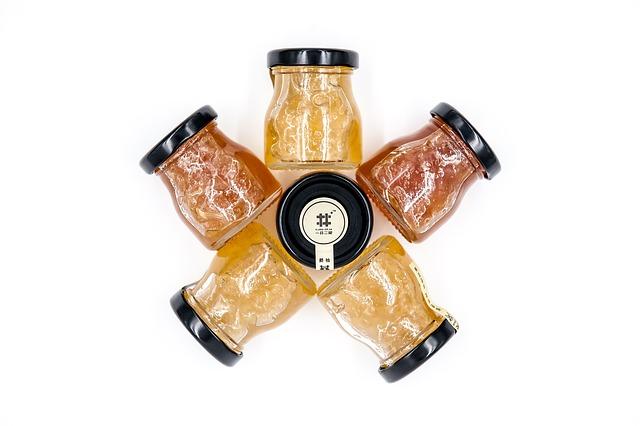

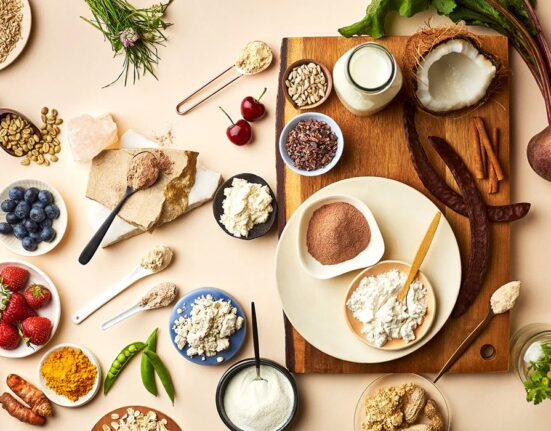




Leave feedback about this